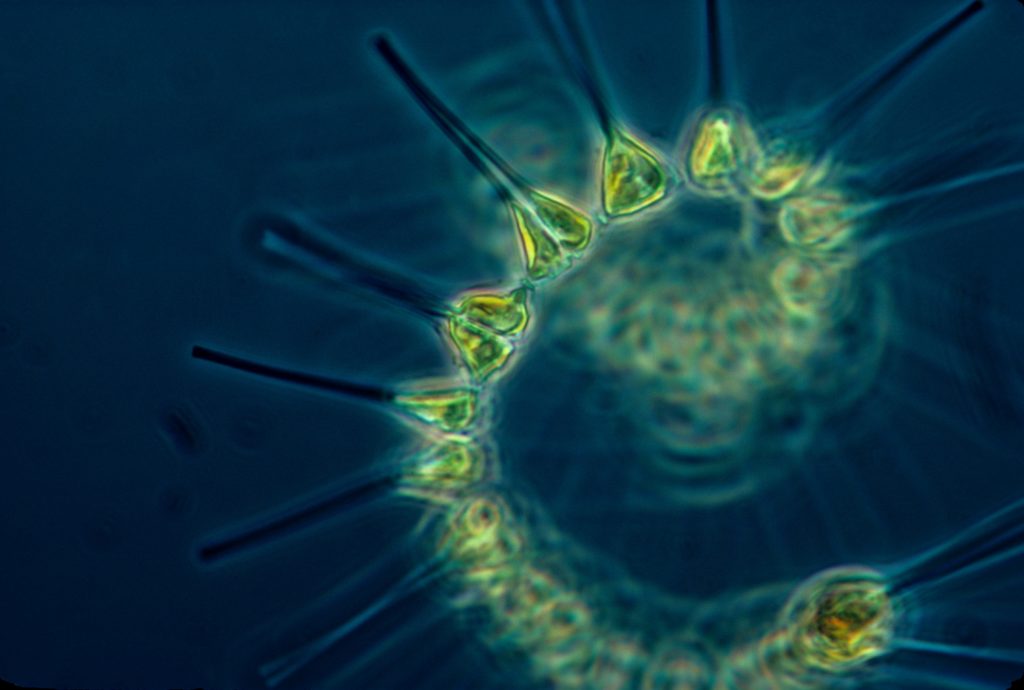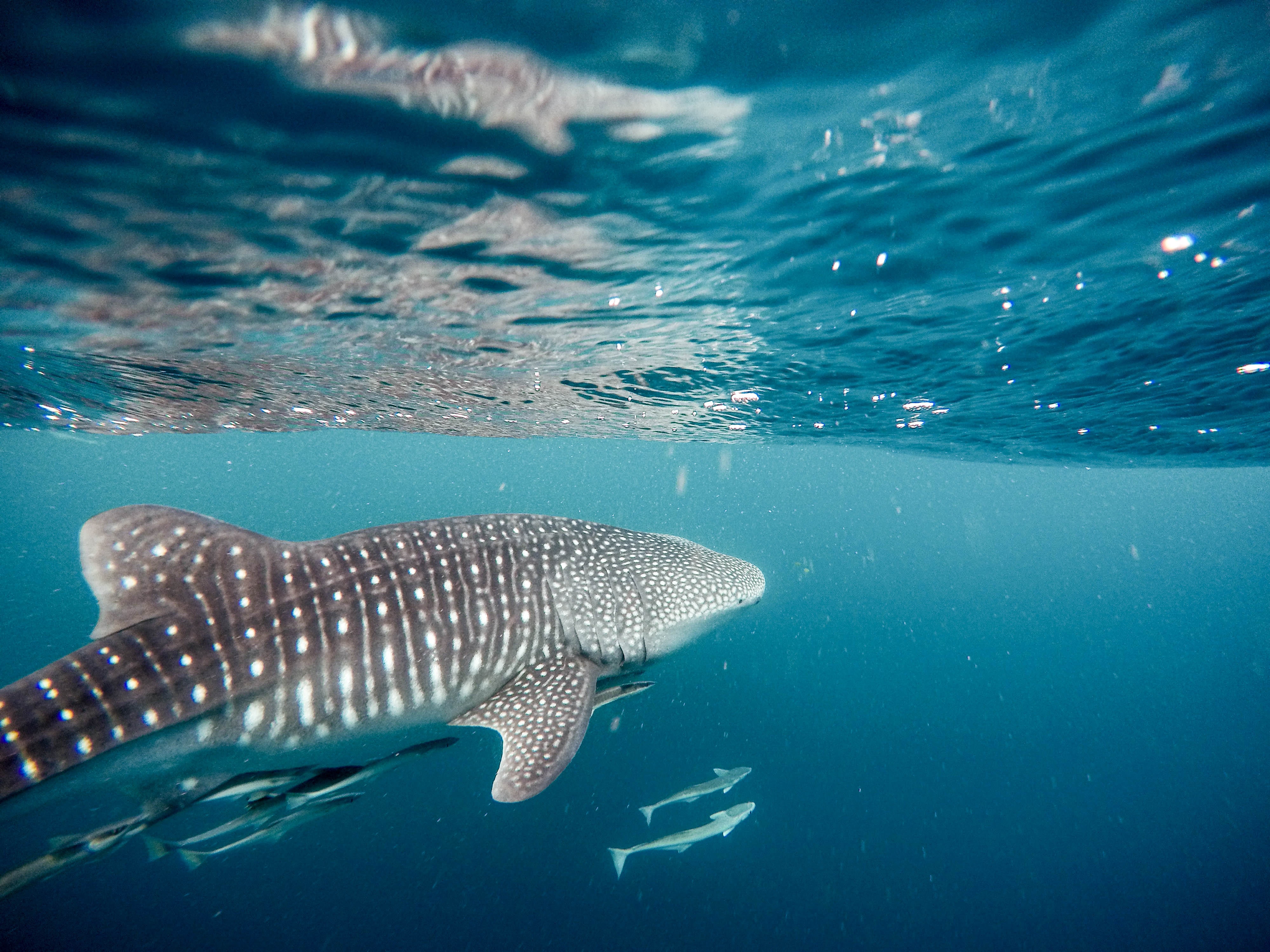Marine biodiversity became an area of distinctive interest for me over the summer. I spent my free time hopping between YouTube videos and it wasn’t long before this interest became well entrenched.
I am privileged enough to live near Llangennith beach – a 3 mile stretch of sand and surf that is a crown jewel in South Wales. I found Sea Watch had organised a National Whale and Dolphin watch at this location.

Llangennith Beach Looking Towards Worm’s Head
Innovative Climate Initiatives
Though I wasn’t fortunate enough to see any whales I continued with my investigation. Recently, I came across the work of a team of economists led by Ralph Chami, an assistant director of the IMF’s Institute for Capacity Development. Their research wanted to change the way we think about whales by quantifying the benefit they provide us in dollars and cents.
Convincing others of new ways to invest in environmental and ecological initiatives is an area that will often rely on the effectiveness of science communication efforts. It takes a mean feat to break through the background noise, and distinctive measures are typically needed. However, by placing a monetary value on marine life’s ability to sequester carbon throughout their lifetime, and even after their death, the IMF research managed to couple together environmental concerns with an area that typically remains a question mark, economics.
Monetary Value of Great Whales
Understanding of marine biodiversity’s ability to act as carbon sinks is not necessarily anything new. There are numerous examples of the role played by turtles, sharks, phytoplankton, and even sea-grass. However, what is new is the ability to quantify the value.
The research produced by the IMF made conservative estimates suggesting each of these mammals is worth $2 million over its lifetime. As a collective, the current stock of great whales is suggested to be worth over $1 trillion. This estimate is generated by determining the current value of the carbon sequestered by a whale over its lifetime, using scientific estimates of the amount whales contribute to carbon sequestration, the market price of carbon dioxide, and the financial technique of discounting. They also factored in the current value of the whale’s other economic contributions – fishery enhancement and ecotourism.
The IMF research raised the question whether a cost should be allocated to protect great whales. How much should each individual, company, and country that must bear some of the cost of protecting whales be compensated? And who will oversee the compensation, and monitor compliance with the new rules?
The paper explains that “if whales were allowed to return to their pre-whaling numbers—capturing 1.7 billion tons of carbon dioxide annually—it would be worth about $13 per person a year to subsidise these whales’ carbon dioxide sequestration efforts.”
International financial institutions, in partnership with the UN, are ideally suited to advise, monitor, and coordinate the actions of countries in protecting whales. So the hope is this IMF research can “start a conversation with the policymakers who don’t buy into saving animals for the sake of animals,” according to Chami.
And the response from those involved has been encouraging too. Professor Fullenkamp, co-author on the study said, “Most people who learn of the whales’ role in promoting phytoplankton growth and sequestering carbon seem quite pleasantly surprised. They are very interested in these processes and glad to learn of additional reasons for protecting cetaceans. The scientists we have been working with are also supportive, but of course they tend to be fairly conservative in their pronouncements unless an abundance of scientific evidence exists. So they have been cautiously optimistic.”
So How Do Whales Sequester Carbon?
Professor Fullenkamp recognised two key ways whales sequester carbon, and as a result are able to calculate the “equivalent” amount of carbon dioxide that is sequestered by whales using calculations.
“Firstly, whales store tons of carbon on their bodies in body tissues like fat. The study calculated that a ‘composite’ or average great whale sequesters the equivalent of 33 tons of CO2 in its body,” he said.
“The second way that whales help sequester carbon is by fertilizing phytoplankton with their feces. Whale feces deliver needed nutrients to the ocean surface, enabling more phytoplankton to grow and reproduce. The phytoplankton absorb huge amounts of carbon. It’s not known exactly how much whales contribute to the production of phytoplankton, but there are a few studies out there that indicate the amount is not trivial.” This second way is also sometimes referred to as whale pump.

Other literature and studies further recognise a variety of mechanisms that allow whales to sequester carbon including natural grazing, biomixing carbon through movement, and deadfall where carcasses of these animals sink and carbon is exported to marine floor where it often sediments. So varied is their ability to sequester carbon we may be assessing estimates in a quite conservative manner.
Marine Biodiversity and Climate Change Mitigation
Numerous studies have shown the inextricable link that exists between marine biodiversity and carbon sequestration. A 2015 study found that recreational overfishing of predatory fish and crabs from the Cape Cod marshes contributed to the reduced carbon storage capacity of the ecosystem by 17,000 tonnes of carbon annually. A 2014 study found that in areas with few turtles, carbon function of seagrass meadows was also diminished, as the meadows were dominated by algae. Another 2014 study found that healthy seagrass ecosystems in Australia were maintained by shark populations, which restricted grazing activity by sea turtles.
As for Great Whales, they are clearly worth a great deal to the global community looking to move towards net-zero emissions. Their ability to sequester and act as carbon sinks was even cited as a way to factor in the Pacific Island’s effors to meet the Paris Climate Agreement. It was thought that if conservation efforts pay off, whales could play a role in helping the islands meet the reductions to their nationally determined contributions (NDCs).
“Such studies [IMF report] can help advance and evolve the definition of marine conservation and climate action. Just over 100 years ago the great whales were being hunted close to extinction, 50 years ago we were beginning to question their harvest on ethical and moral grounds, now we see them as potentially a key part of the ocean’s ability to fix and store atmospheric carbon,” said Steven Lutz, Blue Carbon Programme Leader. “Additionally, the pairing of the conservation of charismatic megafauna with climate action may open exciting avenues for the public appreciation and support of broader policies to address the global climate challenge.”
Whale carbon is potentially just the beginning in the recognition of how marine biodiversity may contribute to enhancing or restoring the ocean’s biological carbon functions. This is part of a wider picture.

Future Developments and Research
So what can be developed off the back of this research? Is there scope to further explore the potential of marine biodiverity’s sequestration abilities?
“We think that further research on quantifying the whales’ contributions to phytoplankton production, both in specific locations as well as their total global contributions, is research that our findings encourage,” Professor Fullenkamp said. “This is a key part of the argument, but we don’t have a reliable enough estimate of how much whales really contribute to this primary production (of phytoplankton).”




